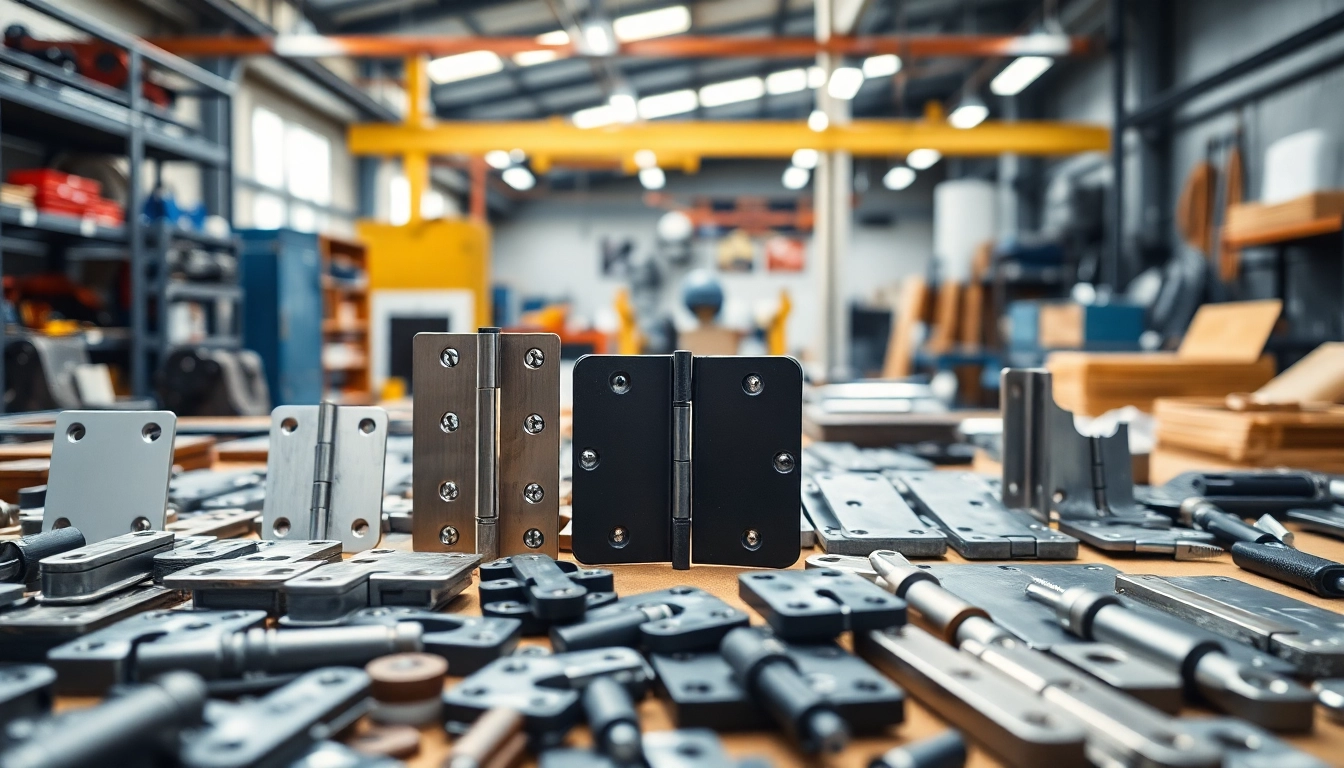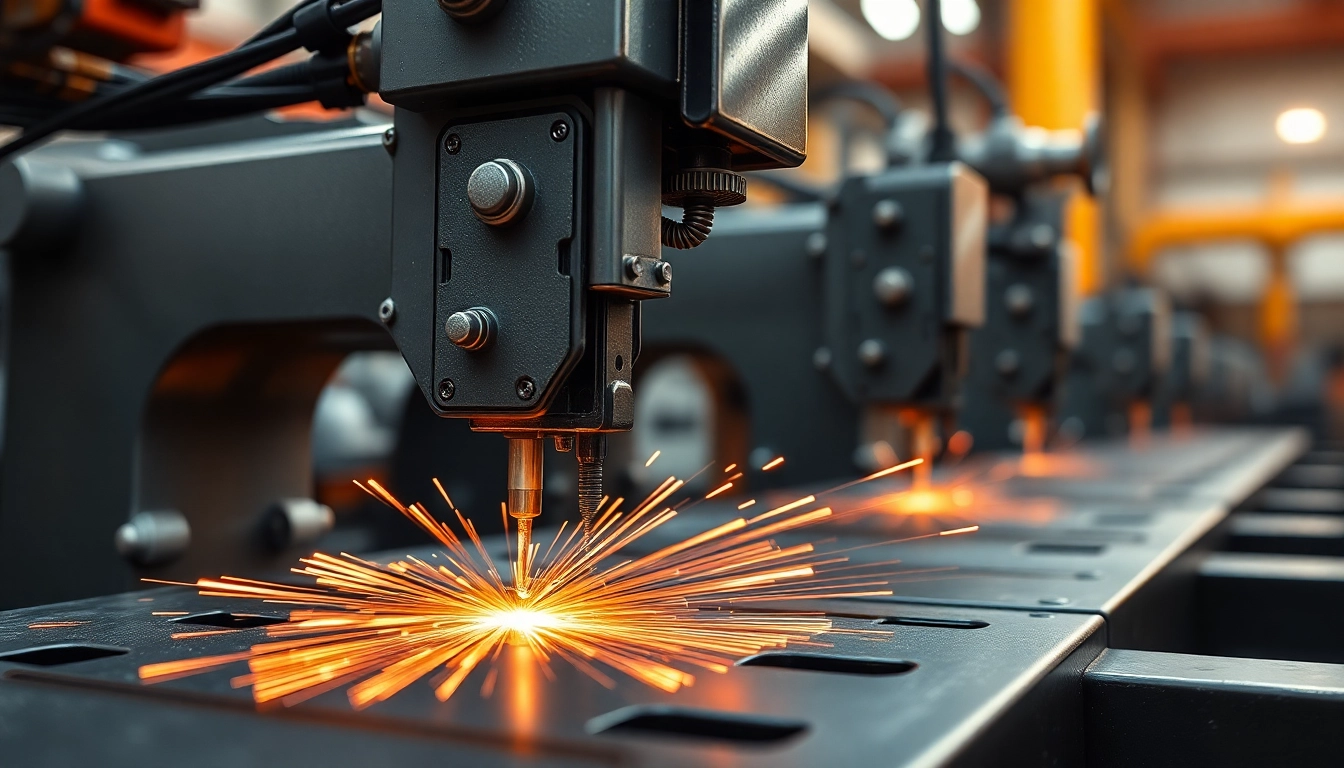Understanding Hinge Types and Their Applications
Residential Door Hinges
Residential door hinges are crucial components in homes where they support the weight of doors, enabling them to swing open and closed smoothly. These hinges come in various materials and configurations, including butt hinges, piano hinges, and spring hinges. Choosing the right type of hinge is essential not only for aesthetic reasons but also for functionality and durability.
For instance, butt hinges are often made of brass or steel and are typically utilized in standard doors. Meanwhile, piano hinges provide a continuous joint that distributes the weight along the entire length of the door, making them an excellent choice for lightweight doors that may require more support. Spring hinges add a unique feature by allowing doors to automatically close, which is particularly useful in high-traffic areas.
Selecting a reputable Hinge Supplier can ensure quality and consistency in these everyday use hinges.
Heavy-Duty Industrial Hinges
In contrast to residential hinges, heavy-duty industrial hinges are built to withstand rigorous use in demanding environments, such as factories and warehouses. Typically constructed from stronger materials like stainless steel or reinforced composites, these hinges are designed for longevity and strength.
Common types include continuous hinges and slip joint hinges, which can handle significant weight and frequent use without failure. Heavy-duty hinges often come with various load capacities to meet the needs of different applications. Proper installation and regular checks are vital to guarantee that these hinges maintain their functionality under pressure.
Specialty Hinges and Custom Solutions
Specialty hinges cater to more unique applications, offering custom solutions for specific needs. Examples include bi-fold hinges, which allow multiple panels to fold together, and concealed hinges, which are hidden from view when the door is closed, enhancing aesthetic appeal.
Additionally, many manufacturers offer custom hinge solutions to fit particular designs or space constraints, further ensuring that businesses or homeowners can achieve the ideal functional and decorative results.
The Importance of Choosing the Right Hinge Supplier
Quality Assurance and Standards
The efficacy of any hinge depends significantly on its quality and endurance, which, in turn, fluctuate with the supplier’s manufacturing standards. Reputable hinge suppliers ensure that their products adhere to stringent quality control processes, from material selection to final inspections. Utilizing manufacturers who focus on quality assurance can minimize the risk of purchasing inferior products that may not last.
Customer Support and Consultation
Choosing a suitable hinge supplier involves understanding the level of customer support they provide. Suppliers should be able to offer expert consultations to help determine which hinge type best suits your individual requirements. Customer support also encompasses post-purchase assistance, such as installation queries and maintenance advice, which are crucial for achieving optimal functionality of the hinges.
Reputation and Reliability
The reputation of a hinge supplier can significantly influence the quality of your hinge purchase. Suppliers with established reliability are more likely to offer durable products backed by solid warranties. Consumer testimonials and industry reviews can provide insights into a supplier’s reputation, guiding potential buyers in making informed decisions.
Factors to Consider When Selecting a Hinge
Material Durability and Finish
When selecting a hinge, it is essential to consider the material and finish, as these attributes significantly influence the hinge’s durability. Common materials include steel, brass, aluminum, and plastic, with each serving different scenarios based on their properties. For example, stainless steel hinges are resistant to rust and suitable for outdoor applications, while brass hinges may provide a more aesthetically pleasing finish for indoor use.
The finish of a hinge can also affect its performance and longevity. Options may include matte, polished, and powder-coated finishes, providing various appearances while contributing to corrosion resistance.
Size and Load Capacity
It is imperative to choose a hinge based on its size and load capacity. A standard residential door hinge may suffice for domestic applications—typically holding up to 50 pounds—while heavier doors or frequent-use hinges may require models designed to handle significantly higher weights. Assessing the door’s weight and usage frequency is key to selecting the appropriate hinge type.
Cost vs. Performance
The decision between cost and performance often arises when purchasing hinges. While cheap, low-quality hinges may initially seem attractive, they frequently lead to higher long-term costs due to replacement needs and potential damage to the door or frame. Investing in quality hinges from a reliable supplier can save money over time and provide better performance in various applications.
Innovative Features in Modern Hinges
Self-Closing and Soft-Close Mechanisms
Modern hinge designs often feature innovations like self-closing and soft-close mechanisms. Self-closing hinges automatically pull doors shut after they are opened, perfect for high-traffic areas such as kitchens and bathrooms. Soft-close hinges provide an additional benefit by allowing doors to close slowly and quietly, enhancing user experience and preventing slamming.
Concealed Hinges for Seamless Design
Concealed hinges are an increasingly popular choice for modern cabinetry and door setups, as they maintain a sleek, uninterrupted appearance. When closed, these hinges are fully hidden from view, offering a clean aesthetic that enhances overall design. Despite their subtlety, concealed hinges can deliver excellent performance and durability.
Smart Hinges with Integrated Technology
As home automation becomes more prevalent, innovative hinge models featuring integrated technology have emerged. Smart hinges may include sensors to detect door positions, allowing for integration with home security systems or smart lighting. This technology offers enhanced user control and versatility in modern home design, setting the trend for future hinge applications.
Best Practices for Hinge Installation and Maintenance
Tools Required for Proper Installation
Proper installation is critical to ensuring the longevity and functionality of hinges. Essential tools for installation typically include a drill, screwdriver, measuring tape, level, and chisel. Ensuring you have the appropriate tools ready can simplify the installation process and lead to better results.
Regular Inspection and Maintenance Tips
Routine inspection and maintenance of hinges are vital to prolong their life. Regularly check for signs of wear, rust, or misalignment, and make necessary adjustments. Lubrication is also essential, as it reduces friction and prevents squeaking noises. Using appropriate lubricants, such as silicone sprays or graphite powder, can effectively keep hinges operating smoothly.
Common Installation Mistakes to Avoid
Even skilled installers can overlook key details during hinge installation that may lead to complications down the line. Common mistakes include failing to align the hinges properly, selecting an inadequate size for the door weight, and not pre-drilling holes, which can lead to cracking. By ensuring alignment, appropriate sizing, and careful drilling, the likelihood of installation-related issues can be minimized.



